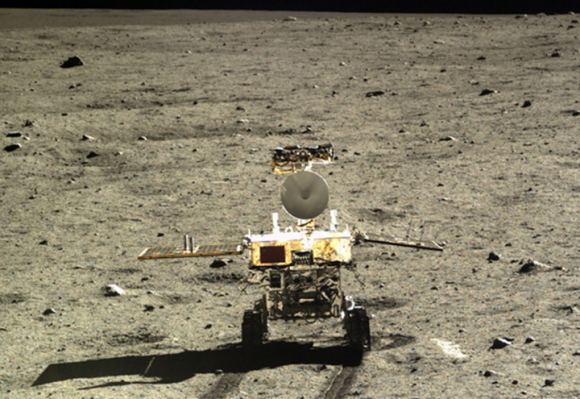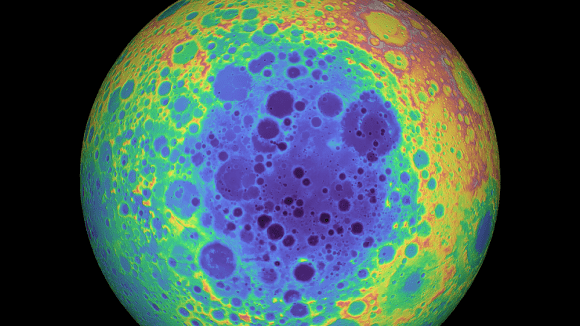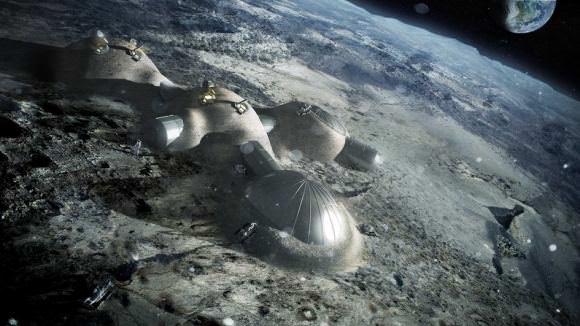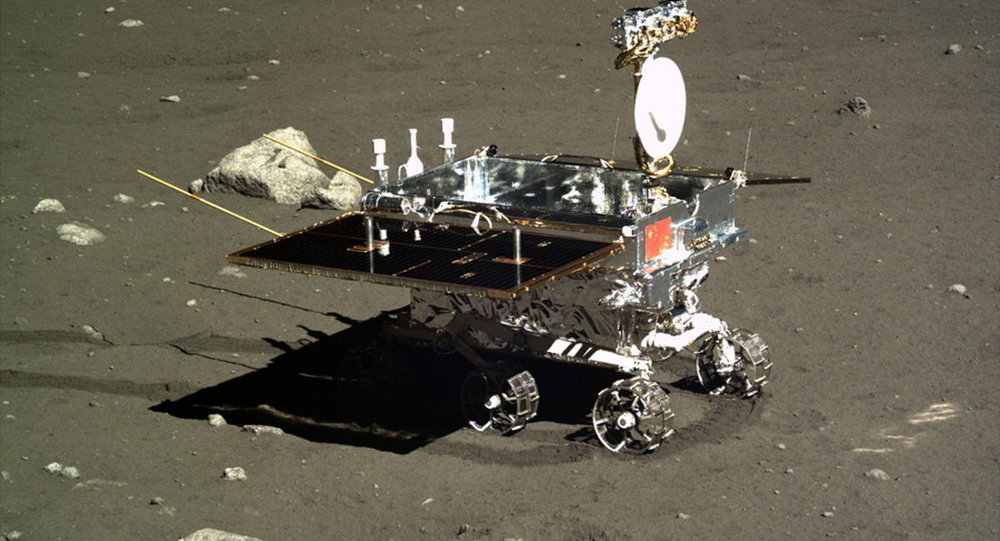It would be no exaggeration to say that we live in an age of renewed space exploration. In particular, the Moon has become the focal point of increasing attention in recent years. In addition to President Trump’s recent directive to NASA to return to the Moon, many other space agencies and private aerospace companies are planning their own missions to the lunar surface.
A good example is the Chinese Lunar Exploration Program (CLEP), otherwise known as the Chang’e Program. Named in honor of the ancient Chinese lunar goddess, this program has sent two orbiters and one lander to the Moon already. And later this year, the Chang’e 4 mission will begin departing for the far side of the Moon, where it will study the local geology and test the effects of lunar gravity on insects and plants.
The mission will consist of a relay orbiter being launched aboard a Long March 5 rocket in June of 2018. This relay will assume orbit around the Earth-Moon L2 Lagrange Point, followed by the launch of the lander and rover about six months later. In addition to an advanced suite of instruments for studying the lunar surface, the lander will also be carrying an aluminum alloy container filled with seeds and insects.

As Zhang Yuanxun – chief designer of the container – told the Chongqing Morning Post (according to China Daily):
“The container will send potatoes, arabidopsis seeds and silkworm eggs to the surface of the Moon. The eggs will hatch into silkworms, which can produce carbon dioxide, while the potatoes and seeds emit oxygen through photosynthesis. Together, they can establish a simple ecosystem on the Moon.”
The mission will also be the first time that a mission is sent to an unexplored region on the far side of the Moon. This region is none other than the South Pole-Aitken Basin, a vast impact region in the southern hemisphere. Measuring roughly 2,500 km (1,600 mi) in diameter and 13 kilometers (8.1 mi) deep, it is the single-largest impact basin on the Moon and one of the largest in the Solar System.
This basin is also source of great interest to scientists, and not just because of its size. In recent years, it has been discovered that the region also contains vast amounts of water ice. These are thought to be the results of impacts by meteors and asteroids which left water ice that survived because of how the region is permanently shadowed. Without direct sunlight, water ice in these craters has not been subject to sublimation and chemical dissociation.
Since the 1960s, several missions have explored this region from orbit, including the Apollo 15, 16 and 17 missions, the Lunar Reconnaissance Orbiter (LRO) and India’s Chandrayaan-1 orbiter. This last mission (which was mounted in 2008) also involved sending the Moon Impact Probe to the surface to trigger the release of material, which was then analyzed by the orbiter.

The mission confirmed the presence of water ice in the Aitken Crater, a discovery which was confirmed about a year later by NASA’s LRO. Thanks to this discovery, there have been several in the space exploration community who have stated that the South Pole-Aitken Basin would be the ideal location for a lunar base. In this respect, the Chang’e 4 mission is investigating the very possibility of humans living and working on the Moon.
Aside from telling us more about the local terrain, it will also assess whether or not terrestrial organisms can grow and thrive in lunar gravity – which is about 16% that of Earths (or 0.1654 g). Previous studies conducted aboard the ISS have shown that long-term exposure to microgravity can have considerable health effects, but little is known about the long-term effects of lower gravity.
The European Space Agency has also been vocal about the possibility of building an International Lunar Village in the southern polar region by the 2030s. Intrinsic to this is the proposed Lunar Polar Sample Return mission, a joint effort between the ESA and Roscosmos that will involve sending a robotic probe to the Moon’s South Pole-Aitken Basin by 2020 to retrieve samples of ice.
In the past, NASA has also discussed ideas for building a lunar base in the southern polar region. Back in 2014, NASA scientists met with Harvard geneticist George Church, Peter Diamandis (creator of the X Prize Foundation) and other parties to discuss low-cost options. According to the papers that resulted from the meeting, this base would exist at one of the poles and would be modeled on the U.S. Antarctic Station at the South Pole.

If all goes well for the Chang’e 4 mission, China intends to follow it up with more robotic missions, and an attempted crewed mission in about 15 years. There has also been talk about including a radio telescope as part of the mission. This RF instrument would be deployed to the far side of the Moon where it would be undistributed by radio signals coming from Earth (which is a common headache when it comes to radio astronomy).
And depending on what the mission can tell us about the South Pole-Aitken Basin (i.e. whether the water ice is plentiful and the radiation tolerable), it is possible that space agencies will be sending more missions there in the coming years. Some of them might even be carrying robots and building materials!
Further Reading: Sputnik News, Planetary Society


So, we haven’t learnt anything from contamination of foreign lands, the cane toad, rabbit, rats, cats, we have to destroy the ecosystem of the Moon now. Great job guys.
What exactly do you fear about this? The moon is barren – it doesn’t have an ecosystem. It’s dust, dirt, rock, etc. I can’t think of a single thing that could negatively impact an already dead chunk of rock floating in space.
I have to agree with Random Mind:
What “Eco System”? It’s a dead moon.
No, oxygen, no plant life, no life at all.
So please, be specific: What Eco System on the Moon are you “worried” about???
There is no ecosystem on the Moon, sir. As there’s no atmosphere or ANY indications of microbiological lifeforms (despite decades of studies) there is absolutely no reason to worry about “contamination”.